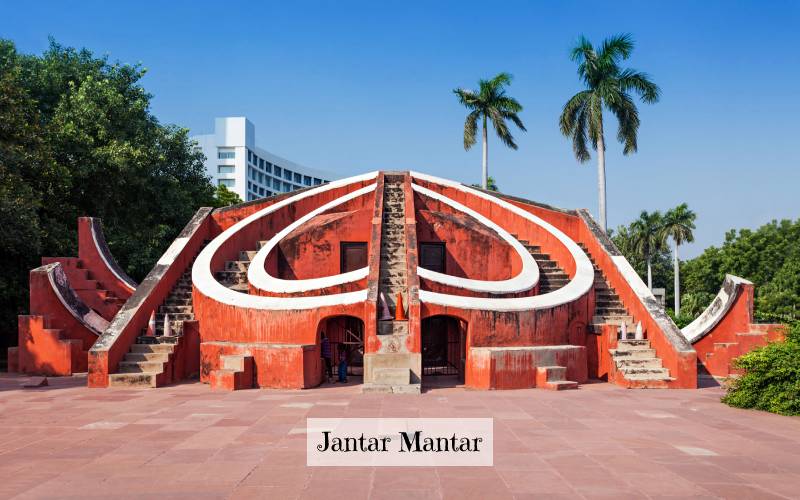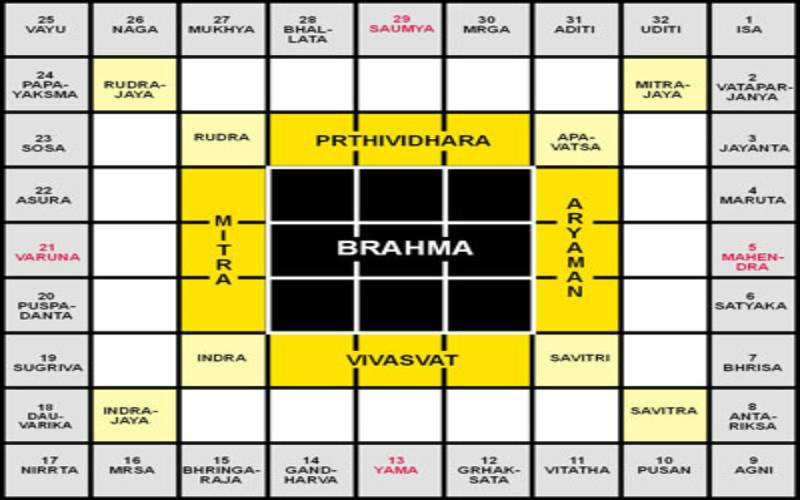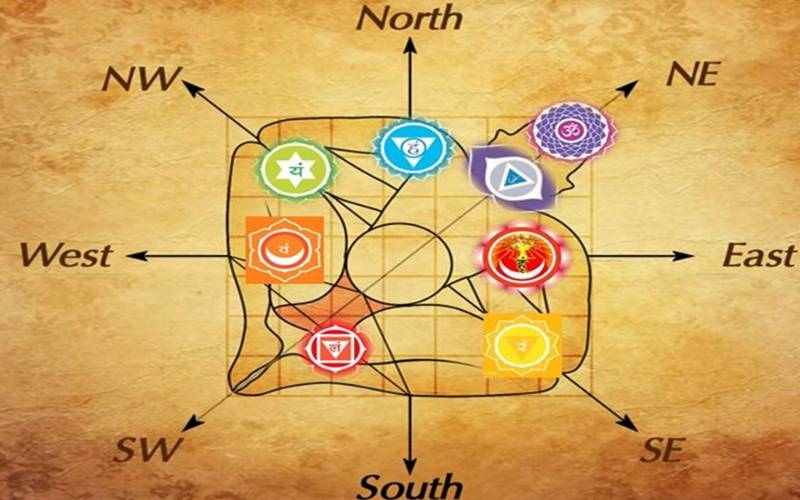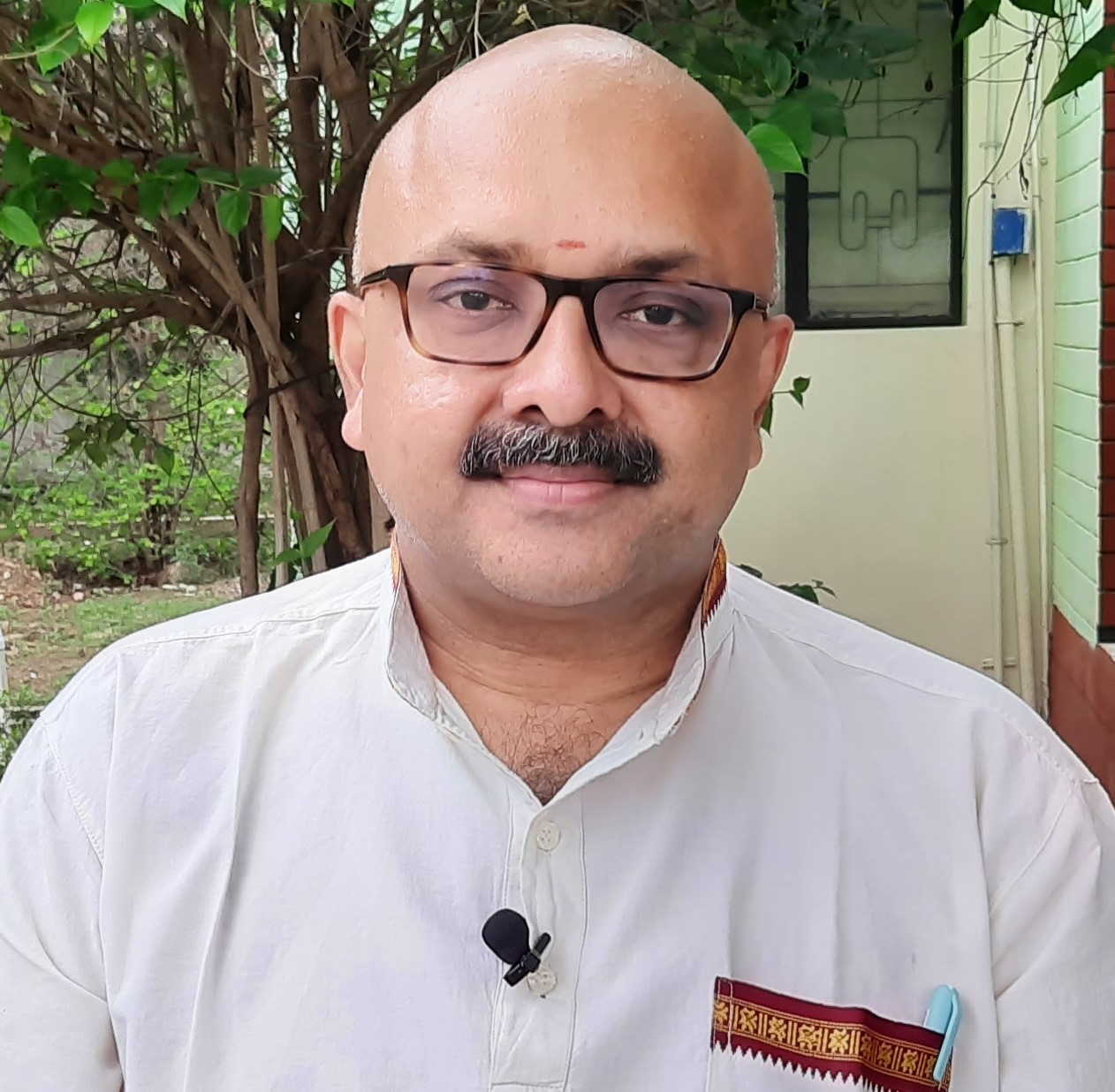Edifices have been created since time immemorial. Early humans lived in caves and in structures made out of roughage. Time passed by and he started to create simple structures by using stones and mud. The roof was made of twigs and leaves, doors followed later. Families grew and so did needs. One family emulated the other. Simple tools made out of stone and wood were used earlier and this was followed by the use of metals. Eventually, the Iron age gave man the opportunity to explore new vistas under construction.
Different types of structures began to get created. These structures came up based on requirement, advancement in technology and availability of materials in the neighborhood. Climatic conditions, aesthetics, skill, and craftsmanship were the factors which began to play a major role. The impact of the word ‘edifice’ is very evident and the writers cum illustrators of Asterix comics - Gosconny, and Uderzo, in fact, created a character by the name Edifiz in one of their works, ‘Asterix and Cleopatra.’

People around the world, built structures for the purpose of ensuring that people would know seasons, months, etc. The Jantar Mantar in the northern part of the country is one such structure. All of us are aware of the Mayan structures in the American continents. These structures contained clues to the local populace about the almanac. Such buildings are being studied by the scholars and architects of today.
Development of material sciences and technology gave birth to a number of new thoughts. Man began to apply these thoughts and ideas while creating structures for numerous purposes. Buildings were built for the purpose of prayers, meditation, fire-worship, commerce, education, and storage. Vagaries of the weather and knowledge of astronomy gave man a new dimension. He began to apply the science of materials along with astrology, astronomy, and weather in the structures that were put up by him. Measurements began to get standardized and universal application became much easier.
Inventions, innovations, and applications began to get transferred from one person to the other. Experts engaged scribes for the purpose of documenting the knowledge present in the ecosystem. Impressions were created in the form of prose and poetry. The verses known as slokas or sutras expressed more information and were easy to remember. Poetry was the medium through which knowledge began to get transferred from one generation to the other. This eventually led to conciseness, and literary aesthetics. Grammar and architecture began to grow side by side.

Vastu Shastra is an outcome of the above-mentioned developments. Different types of principles/norms came into existence for the purpose of differentiating the building needs of a society. The length of a finger, palm, arm, and footprint were considered during the earlier times and they were subsequently converted into a standard system. Houses were designed based on the dimensions of the site and the available directions.
The kitchen was placed in the south-eastern direction and this place was known as Agnimoola. India is a country which relies on the south-west and north-east monsoons. Therefore, the wind direction was considered for the purpose of allotting the space for the kitchen. In the absence of electricity, one had to rely on sunlight and therefore the kitchen was place on the side of the rising sun, the east. Since the winds blew from the southwest to northeast or the vice versa, fire could not be present in the path of the wind. Therefore, the south-eastern corner was allotted for cooking. The north-eastern corner was used for the entrance and this was done for the purpose of ensuring light and wind.
The master of the house and the wealth of the family were to be provided a safe place. This person had to be left undisturbed during the hours of sleep. Thus, the practice of using the south-western corner for the head of the family came into extant. Courtyards and quadrangles ensured connectivity and convenient utilization of space. The measurements and the dimensions were based on the principles of nature. This helped the users to be at ease during their time of usage.

Vastu is, thus, based on science. The people of Tamil Nadu had it applied through, ‘Manaiadi Sastram.’ Masons and building supervisors belonged to a particular community and they were adept in Vastu Shastra. This shastra was applied in numerous ways. Principles of vastu have become the order of the day.
The rules which were elucidated through the principles of vastu began to be applied in all spheres connected with the construction of structures. Architecture, aesthetics, and material sciences evolved to suit the principles of vastu. While the principles were important, they gave birth to numerous superstitions. People began to apply vastu as the guiding principle and used other systems for designing the internal portions of the structures. This created anomalies for one system was placed in a contradictory manner on the other. It was always the right thing to just use vastu in its entirety.
The consultants who helped people to implement the principles of vastu looked into numerous aspects. They examined the requirements of the family. The horoscopes of the first couple in the family was used in conjunction with the principles of vastu. This yielded rich dividends for the residents of the proposed houses. Thus, Vastu Shastra became responsible to add to the joy of the society. Not only did it help individual properties, it was also useful in creating a layout for the villages and towns. The entrances to the front and back of the houses were standard and this helped in the movement of goods and disposal of wastage. Vastu added in defending townships at the time of strife. The benefits of holistic vastu can be countless.
Vastu Shastra is the contribution of our elders to the world. We should be proud to be born in such a glorious land, India, the land of wisdom. Let’s make efforts to learn this art through appropriate means and value it with great respect.

Mr. Rajesh Govindarajulu is one of the founding members of the Verandah Club Pvt. Ltd. He is a leading columnist, historian, jeweler, entrepreneur, and a heritage enthusiast who is earnestly working to revive the past in the light of the present. Experiential learning about the history of Coimbatore is his main course of interest and he is also a panel member of many colleges in the city.
NEXT ARTICLE